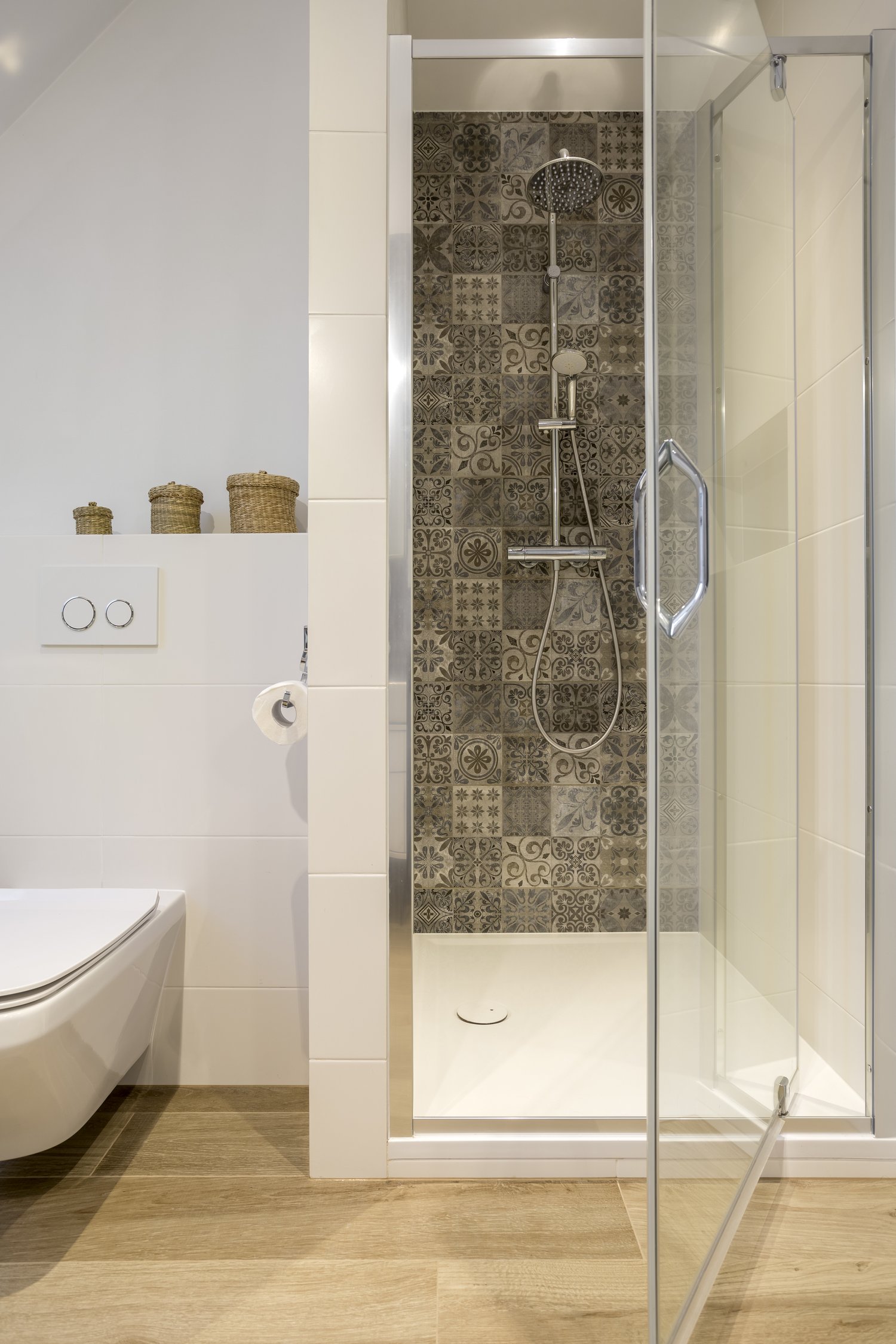When it comes to selecting flooring for your home, tile remains one of the most versatile, durable, and aesthetically pleasing options available. With numerous tile flooring options to choose from, homeowners can find solutions that perfectly match their style preferences, practical needs, and budget constraints. This article explores the three main categories of tile flooring—ceramic, porcelain, and natural stone—highlighting their unique characteristics, advantages, installation considerations, and ideal applications for various spaces in your home.
Understanding Ceramic Tile
Ceramic tile has earned its place as one of the most popular flooring materials due to its affordability and versatility. Made from clay that’s kiln-fired at lower temperatures than porcelain, ceramic tiles are softer and easier to cut, making them ideal for DIY installations. The manufacturing process allows for virtually unlimited color options and design patterns, from simple solid colors to intricate mosaic designs.
One significant advantage of ceramic tile is its price point, typically costing less than both porcelain and natural stone alternatives. This makes ceramic an excellent choice for large spaces where budget considerations are important. Ceramic tiles also provide good water resistance, making them suitable for bathrooms, laundry rooms, and entryways where moisture may be present.
However, ceramic does have limitations. It’s more prone to chipping and cracking than porcelain, particularly in high-traffic areas. In colder climates, ceramic floors can feel uncomfortable underfoot during winter months unless paired with radiant floor heating systems. For homes with heavy foot traffic or in regions with dramatic temperature fluctuations, homeowners might want to explore alternative tile flooring options.
The Advantages of Porcelain Tile
In the ceramic vs porcelain tile debate, porcelain often emerges as the more premium choice. Manufactured from refined clay and fired at much higher temperatures, porcelain tiles offer superior density, hardness, and water resistance. This makes them exceptionally durable and practically impervious to water absorption—a crucial factor when determining the best tile for kitchen installations.
Porcelain’s durability extends to its resistance to scratches, stains, and fading, maintaining its appearance even in high-traffic areas or sunny rooms. Modern manufacturing techniques have also allowed porcelain to convincingly mimic the appearance of natural materials like wood, marble, or concrete, offering the aesthetic appeal of these materials with greater practical benefits.
For outdoor applications, porcelain becomes particularly valuable as it can withstand freezing temperatures without cracking. This frost resistance makes it suitable for patios, walkways, and other exterior spaces where natural stone might deteriorate over time. While porcelain typically comes with a higher price tag than ceramic, its longevity often makes it more cost-effective over the lifetime of the installation, as noted by experts at AskHomey who regularly advise homeowners on long-term flooring investments.
The Timeless Appeal of Natural Stone Floors
Natural stone floors represent the premium end of tile flooring, offering unmatched uniqueness and character. Each stone tile features one-of-a-kind patterns, colors, and textures formed by geological processes over thousands or millions of years. Popular stone options include marble, granite, slate, limestone, and travertine, each with distinct characteristics.
Marble floors deliver elegant veining patterns and a luxurious sheen, making them popular for formal living spaces and master bathrooms. Granite offers exceptional hardness and resistance to scratching, ideal for high-traffic areas. Slate provides natural slip resistance with its textured surface, making it appropriate for entryways and bathrooms. Limestone and travertine offer warm, earthy tones that complement rustic or Mediterranean-inspired décor.
Despite their beauty, natural stone floors require more maintenance than ceramic or porcelain alternatives. Most natural stones are porous and need regular sealing to prevent staining and moisture infiltration. They can also be susceptible to etching from acidic substances, particularly marble and limestone. Additionally, natural stone carries the highest price point among tile flooring options, reflecting both the material’s inherent value and the more complex installation process.
Choosing the Best Tile for Your Kitchen
The kitchen presents unique challenges for flooring materials, requiring exceptional durability, stain resistance, and ease of cleaning. When determining the best tile for kitchen installations, porcelain typically emerges as the top contender. Its near-zero porosity means spilled liquids remain on the surface rather than being absorbed, allowing for easy cleanup of even troublesome substances like red wine or cooking oils.
For kitchen applications, selecting a slightly textured porcelain tile can provide additional slip resistance without creating cleaning difficulties. Large-format tiles with minimal grout lines can further enhance maintenance ease, as grout typically requires more attention to keep clean. Color-wise, medium tones often perform best in kitchens, hiding minor dirt while maintaining a bright, clean appearance.
Natural stone can also work beautifully in kitchens, particularly granite or slate, though these require more diligent maintenance. Ceramic remains a budget-friendly option but may show wear more quickly in this high-use environment. Ultimately, the best kitchen tile balances practical performance with aesthetic considerations that complement your overall design scheme.
For more tips and to connect with reliable home service professionals, follow AskHomey on Facebook and Instagram.



